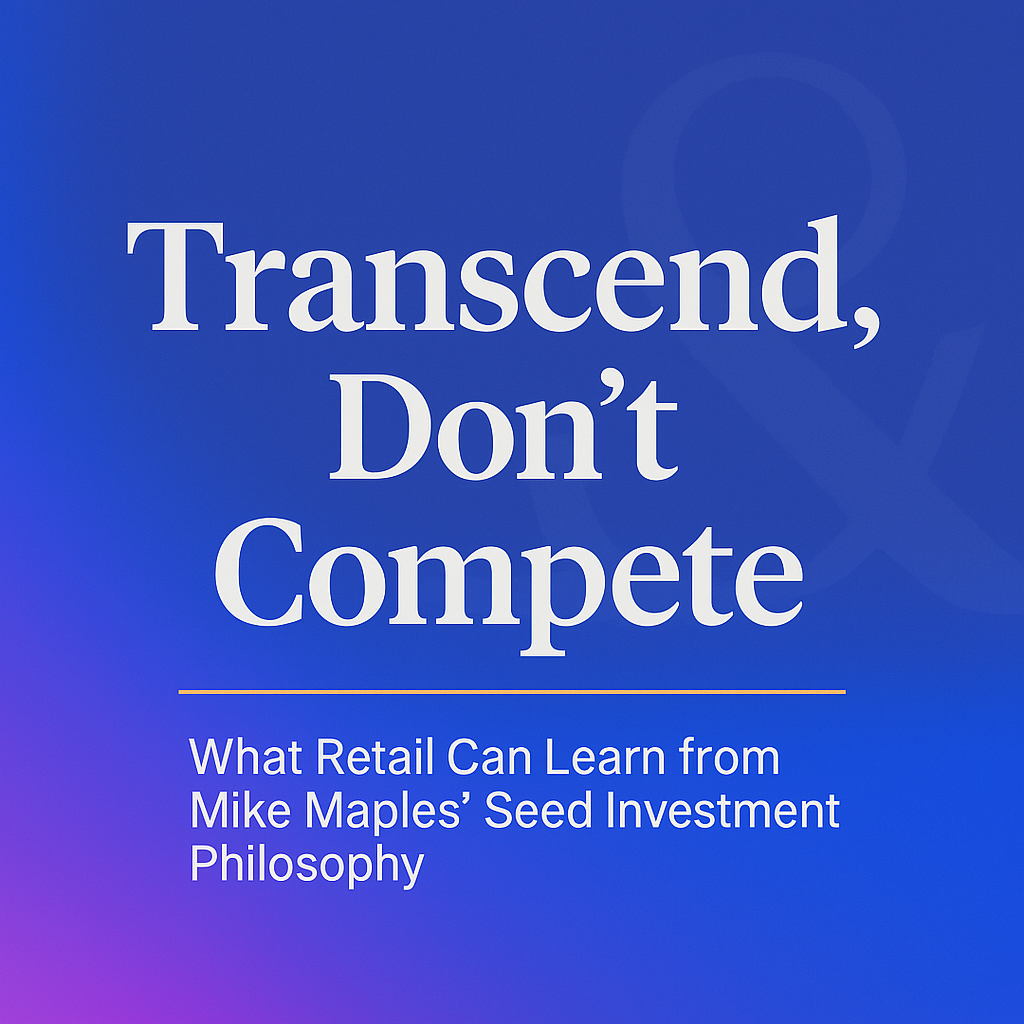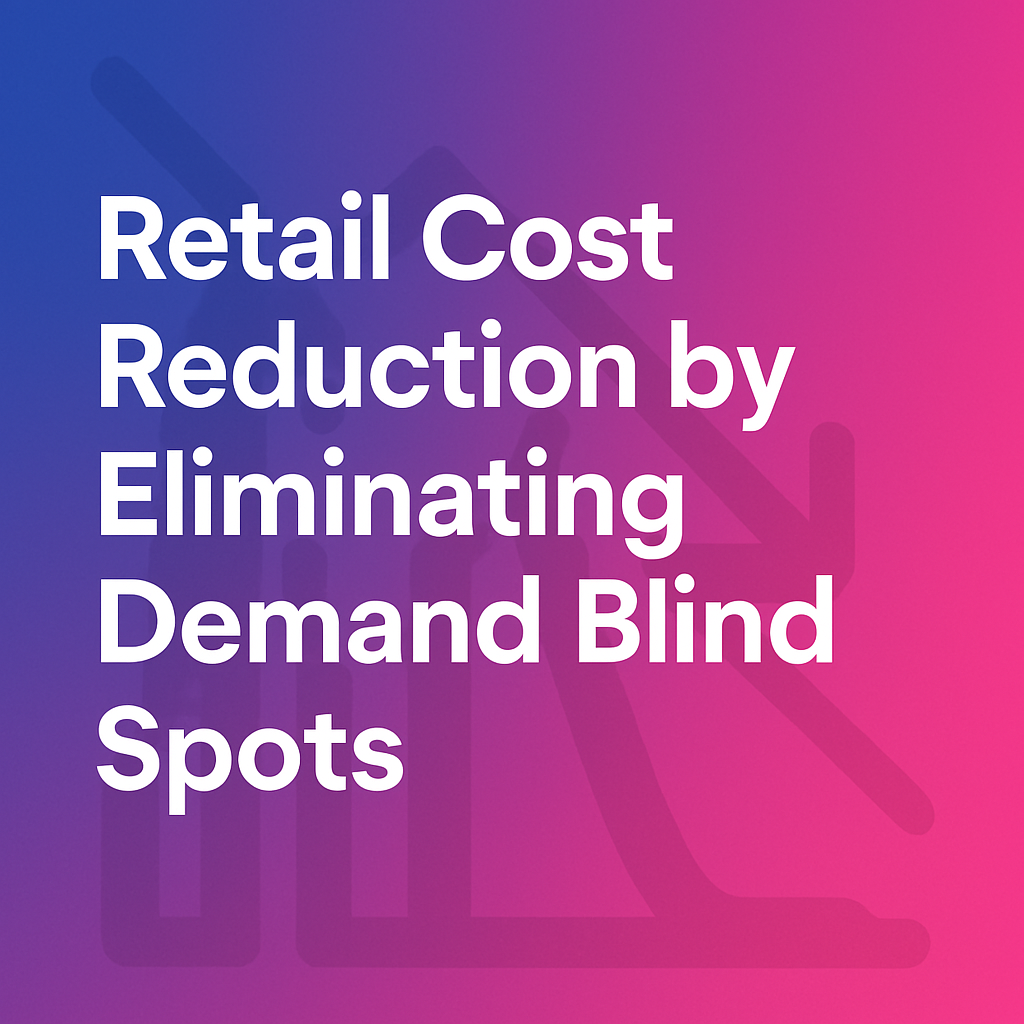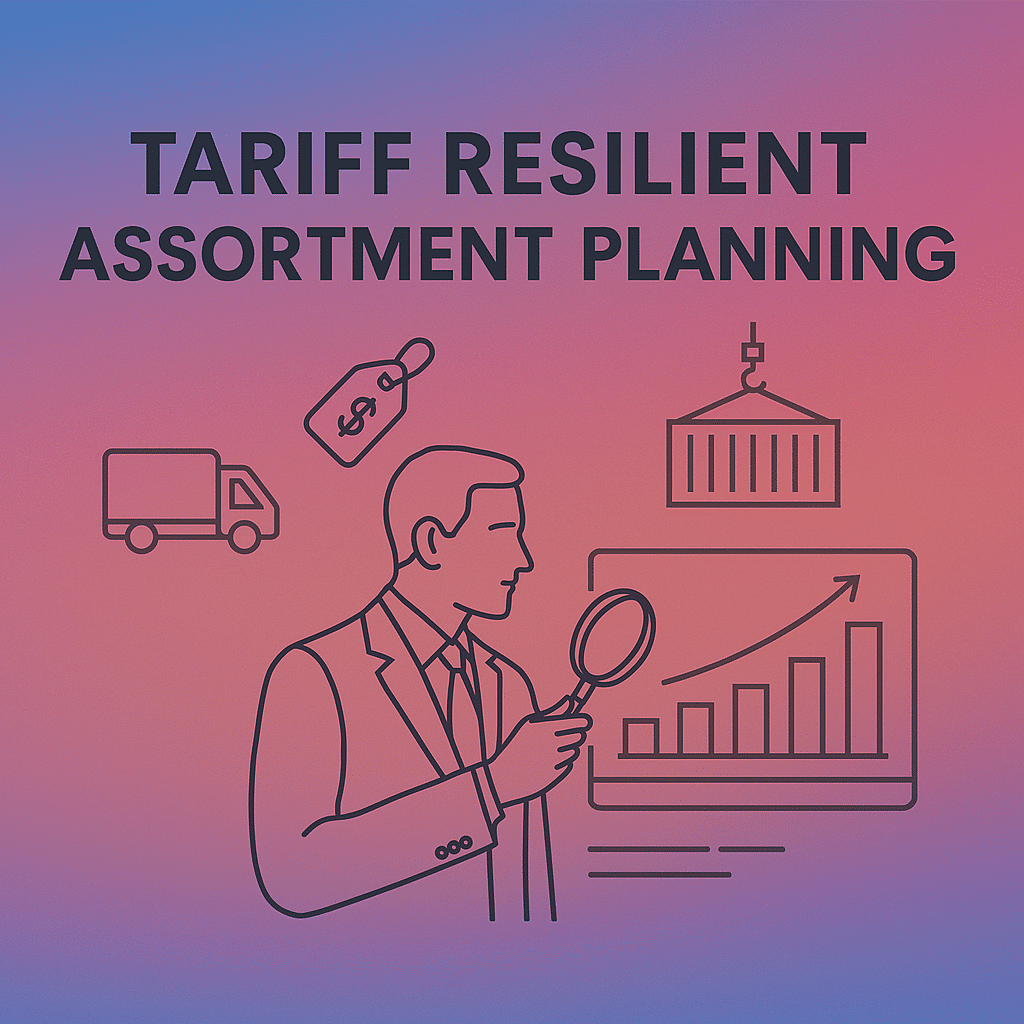Fashion Retail Intelligence | Learning From Human Brain
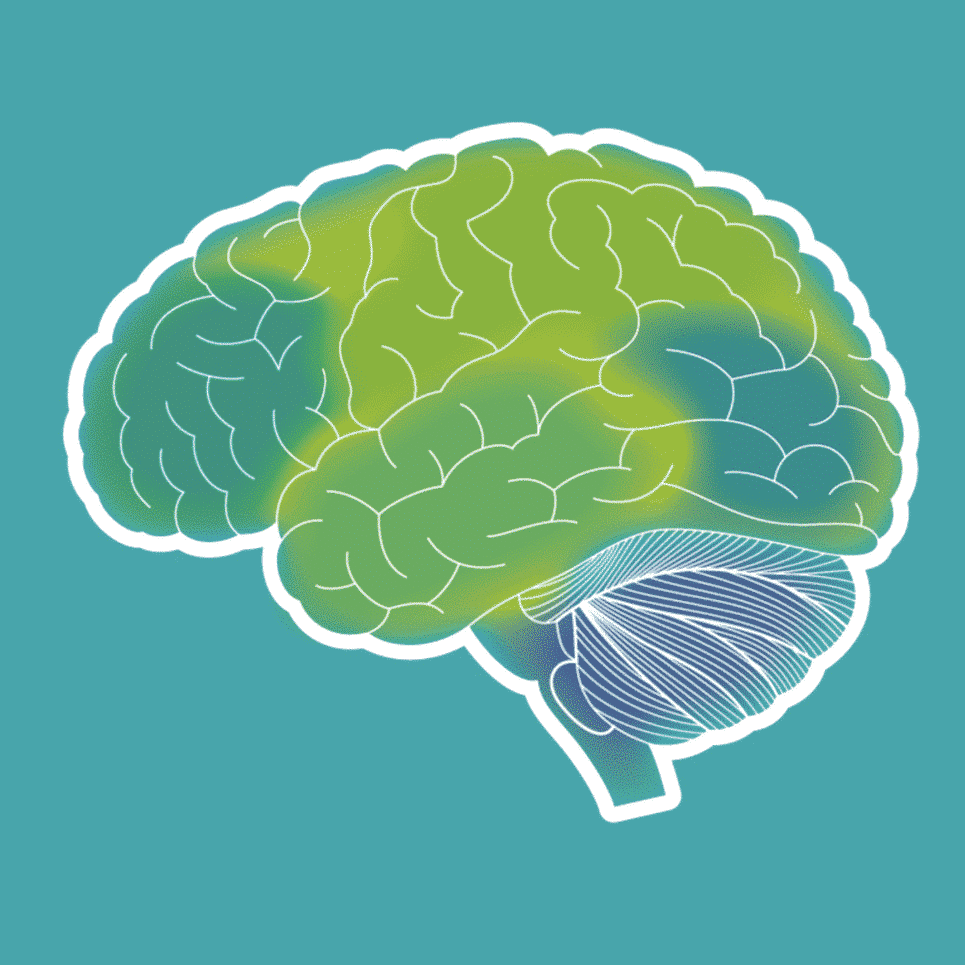
The human brain continues to be the inspiration for many advances in technology and building intelligent machines. In this edit, we look at what intelligence is and how that can show us a path to Fashion Retail Intelligence.
Jeff Hawkins, a computing professional turned into a neuroscientist has contributed a lot to this discovery. With Jeff’s research, we will reveal some myths about how the brain works and what intelligence is.
Let’s go into the human brain to understand what it has and how it works. The human brain consists of two parts the old (animal, primitive) and the new (neocortex).
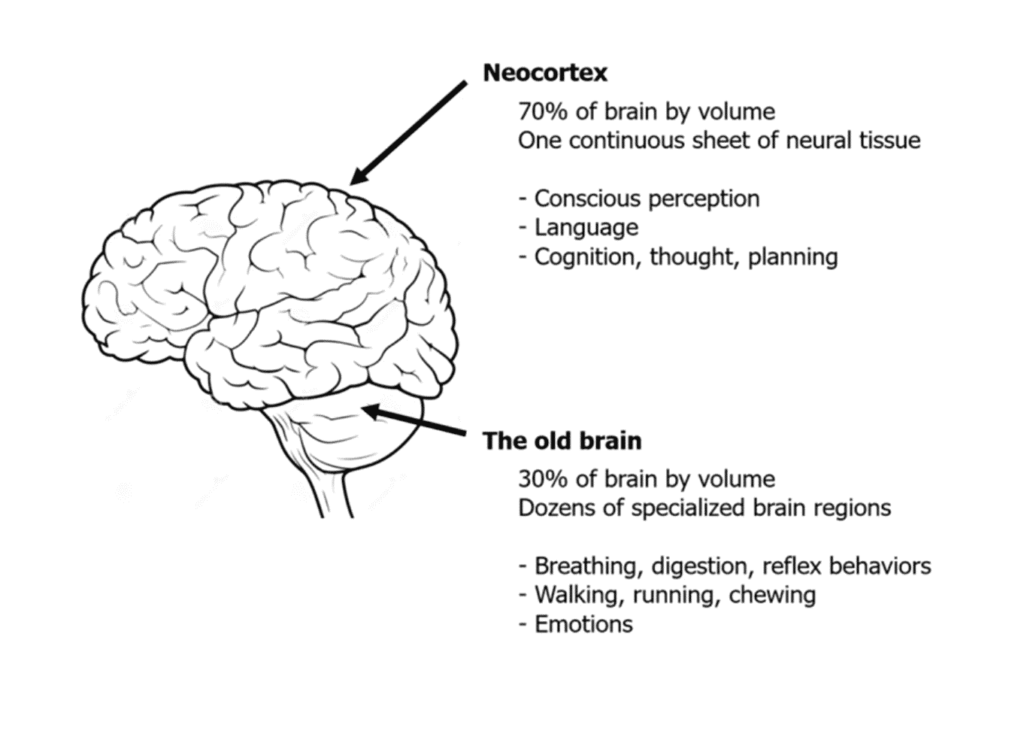
All sensory signals reach the Neocortex. It is the reservoir of all human senses. The neocortex has over 20 billion neurons.
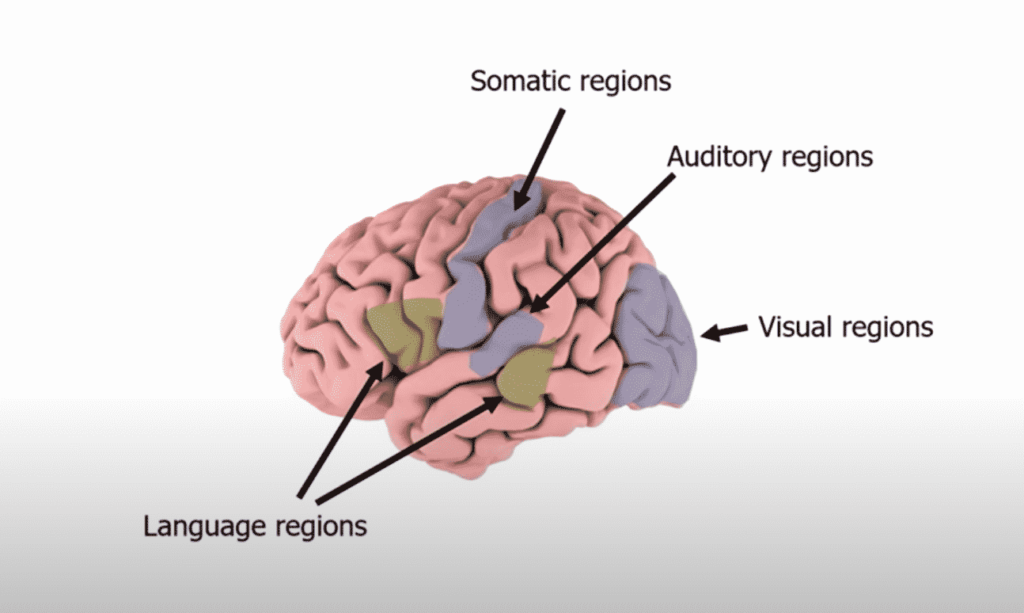
What is intelligence?
As per Jeff, intelligence is not an outcome of behavior rather an outcome of predictions we make every moment.
Try this thought experiment.
Before we understand intelligence, we need to know what is “understanding”. Try looking around the room that you are in right now, and see what occurs. If you see everything in order as you have seen before, you won’t feel anything different. Imagine you see suddenly, a new item in your environment that you have not seen before. It breaks the pattern and you start perceiving there is something new. In other words, all your senses reach the neocortex, and the brain is constantly predicting what you expect to see before you see and whenever there is a break, you pay attention. That leads to a new understanding and this cycle continues.
“It is the ability to make predictions about the future that is the crux of intelligence.”
Jeff Hawkins
The neocortex makes a model of the world, how things look, feel and sound. The question is “Why does the brain need a model?”
Models are like a map of a town. It allows us to identify the structure of the world aiding us to act based on it.
When the neocortex observes something that is not aligned to a model, it starts to change the model. The neocortex is a replica of 150000 circuits. The connects to different senses makes it perceive different things. When we touch a surface with 3 fingers, the neocortex gets 3 signals from all three fingers on the spatial, touch aspects. Then these circuits vote for what the signal is and that becomes our unified perception.
Imagine many sensors with each having its voting rights in real-time.
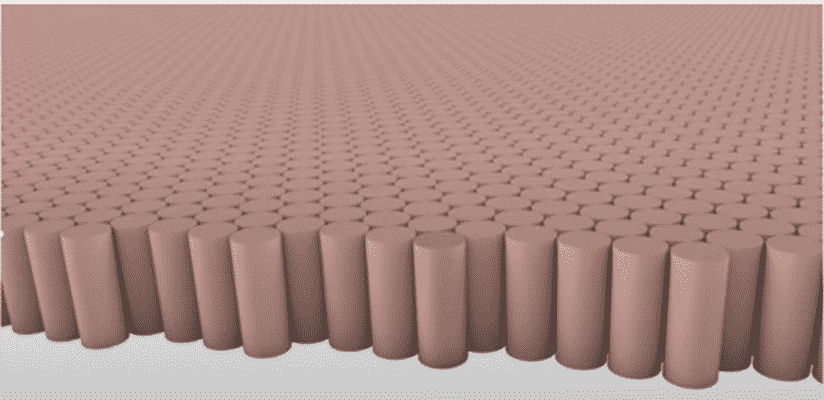
Our knowledge is the model of the world the brain has created. This is the reference frame. This reference frame is the function of our experience and senses over time. Our learning comes from assigning data to the reference frames. Our brain’s model is our reality and belief.
That is intelligence.
How do we build fashion retail intelligence?
The foundational blocks of intelligence are, exposure, senses, memory, predictions, learning.
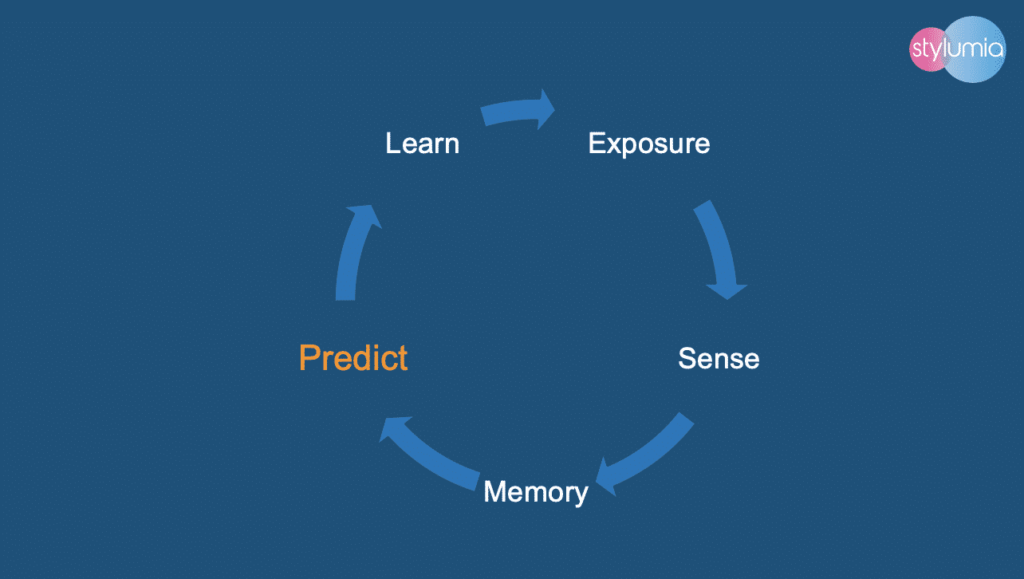
Here we are talking about the intelligence of the organization/brand. It all starts with exposure. As humans our exposure to the world of consumers is limited. Even as an organization, our exposure is limited to the data we are getting in our enterprise systems.
The collective intelligence of the organization grows exponentially with the information that it can gather on the right-signals and sensors. The traditional way of fashion intelligence comes from travel, reading research reports, data from the internet, and own data (captive). The first three are supply signals, or expert signals and they are not reflections of consumer demand, hence tend to have a lot more noise than a signal to the process.
This is one of the fundamental reasons, that the fashion industry is seeing close to 2/3rds of products made which not meeting consumer demand. This is resulting in huge wastage on both economic and sustainability fronts.
We have challenges in getting the right exposure, sensing the right signals. The organization’s memory is a function of the past. Fashion memory comes out of the visual perception of products, not just from functional attributes and language. Hence there has to be a completely new way to derive a signal from the memory.
The only way to transform fashion retail intelligence is by transforming all the areas in the intelligence cycle.
Demand Science To The Rescue
Considering the supply-demand gap in the fashion industry, there is a definite need of a intelligence operating model for the industry at large.
Hence, we at Stylumia created a new way to approach fashion retail intelligence. We call this “Demand Science®” combined with contextual predictions.
This is in effect creation of a “fashion brain“.
We remove the noise from the plethora of information available outside the organization. We sense consumer demand through our proprietary tool C.IT.
We then use our proprietary prediction engines APOLLO, Store.Y with visual sensory perceptions. This helps continuously update the organization’s memory and learn from both outside and inside data. We even help organizations create product ideas using ImaGenie.
The result of the intelligent fashion enterprise is in removing wastage arising out of guesswork. Check out here the quantum of wastage we are removing and this is constantly improving. This is the reason why our clients spanning Fortune 100 to medium sizes ones keep partnering with us globally.
A lot left to be done.
It’s day 1.

